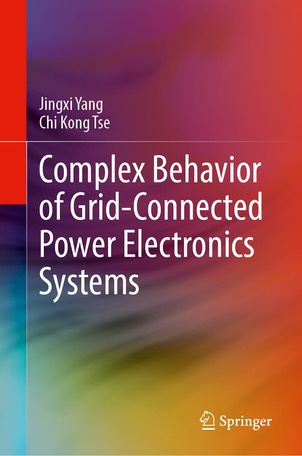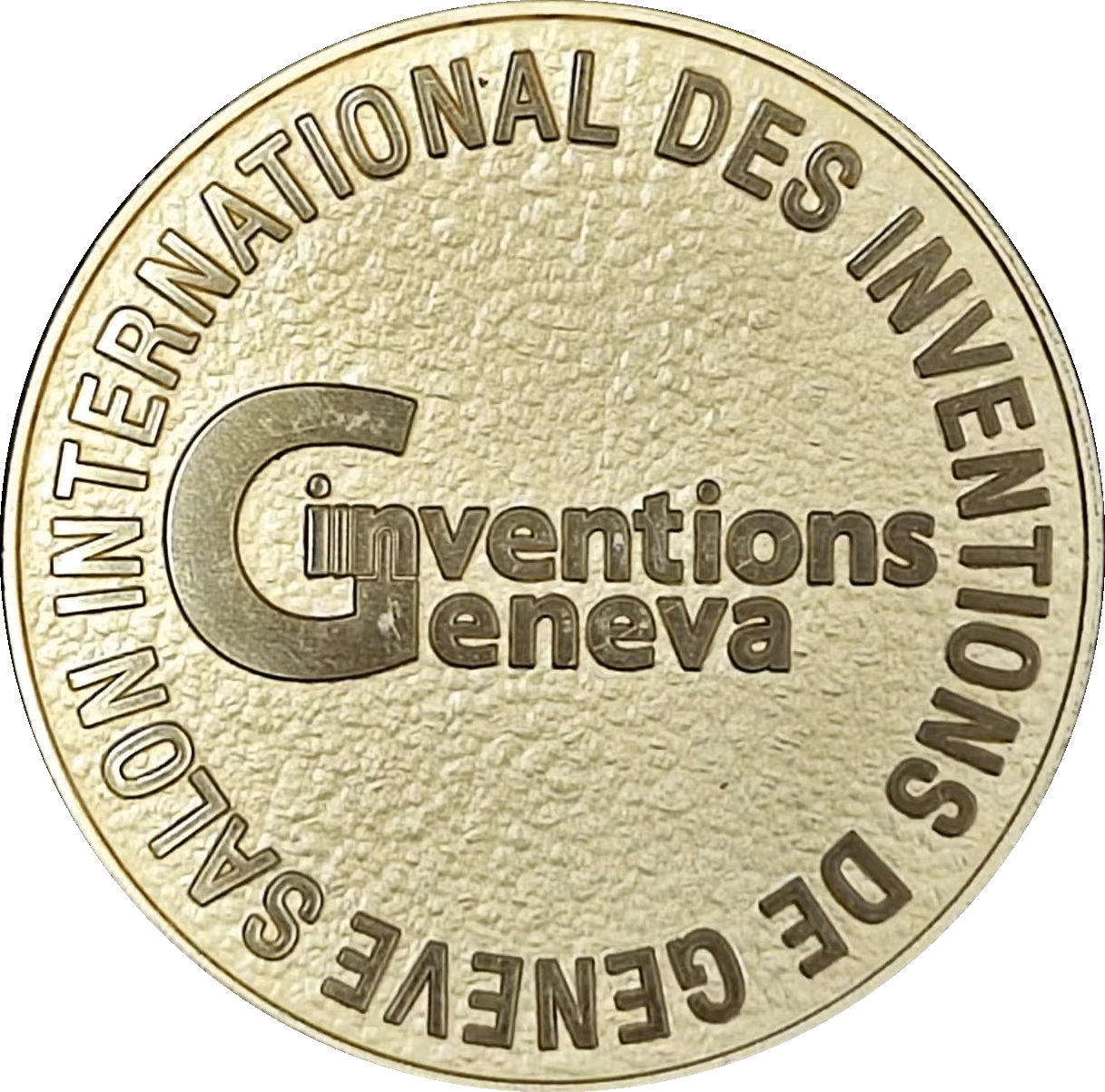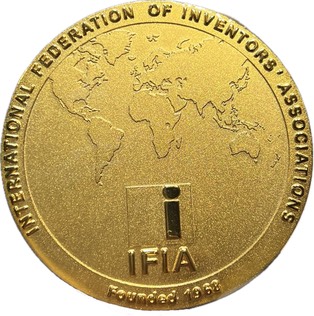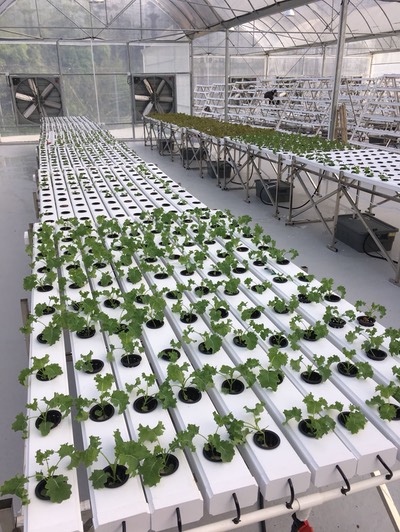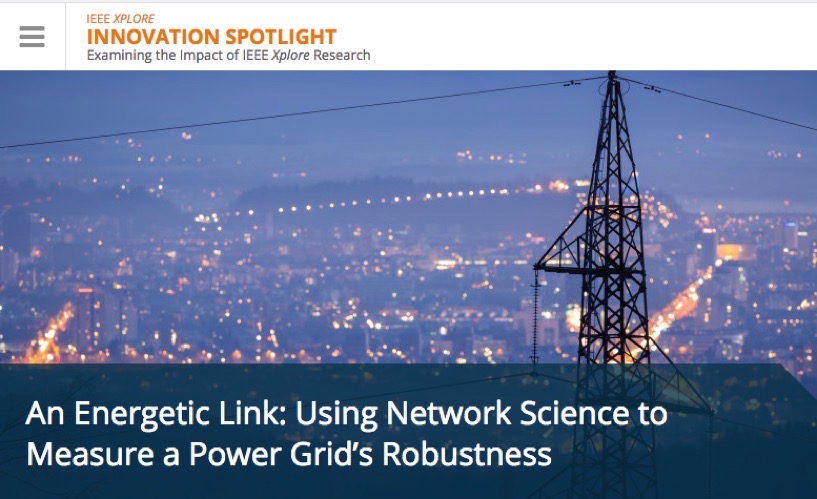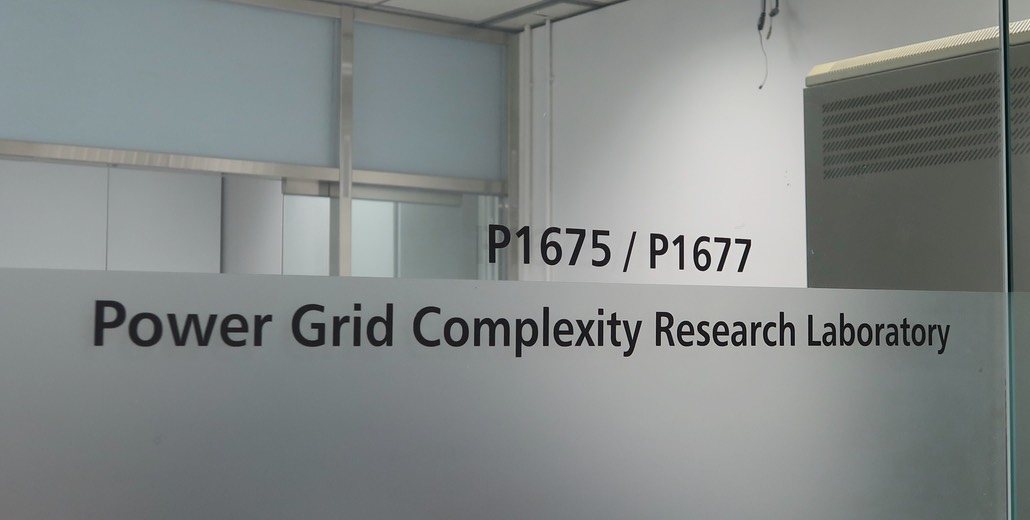
Projects
Nonlinear Phenomena in Energy Systems and Grid-Connected Power Converter Systems: Interactions, Stability and Design
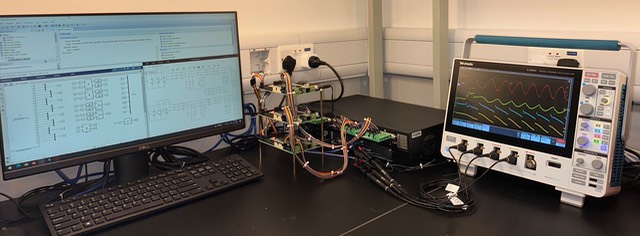
Our latest initiative in power electronics research has been motivated by the recent development of energy systems which emphasizes the integration of the various renewable sources with the power grid and other distribution infra-structures. The new development has spawned new interests and serious concerns about stability and the impacts of interactions of a large number of systems through the distribution network. Moreover, renewable sources are also subject to fluctuation of availability, e.g., solar, wind, tidal, etc. The systems are therefore expected to be multi-structural and operating with multi-operating modes. Our research focus is on the complex behavior of such systems interacting via a common distribution network.
Key References:
C. C. Liu, C. K. Tse, M. Huang, Z. Wu, H. Han, and J. Yang, “Design-oriented transient stability analysis of grid-connected converters: A comparative study of analysis methods,” IEEE Transactions on Power Electronics, vol. 40, no. 1, pp. 749-763, January 2025.
J. Yang, C. K. Tse, M. Huang, D. Liu, C. C. Liu, and X. Fu, "Comparison of homoclinic bifurcations between grid-following and grid-forming converters," IEEE Transactions on Industrial Electronics, vol. 71, no. 5, pp. 4731-4741, May 2024.
J. Yang, C. K. Tse, M. Huang, and D. Liu, "Bifurcations of grid-following rectifiers and routes to voltage instability in weak AC grids," IEEE Transactions on Power Systems, vol. 38, no. 2, pp. 1702-1713, March 2023.
J. Yang, C. K. Tse, and D. Liu, "Sub-synchronous oscillations and transient stability of islanded microgrid," IEEE Transactions on Power Systems, vol. 38, no. 4, pp. 3760-3774, July 2023.
J. Yang, C. K. Tse, and D. Liu, "Nonlinear behavior and reduced-order models of islanded microgrid," IEEE Transactions on Power Electronics, vol. 37, no. 8, pp. 9212-9225, August 2022.
J. Yang, C. K. Tse, M. Huang, and X. Fu, "Homoclinic bifurcation of a grid-forming voltage source converter," IEEE Transactions on Power Electronics, vol. 36, no. 11, pp. 13176-13187, November 2021.
M. Huang, Y. Peng, C. K. Tse, Y. Liu, J. Sun, and X. Zha, "Bifurcation and large-signal stability analysis of three-phase voltage source converter under grid voltage dips," IEEE Transactions on Power Electronics, vol. 32, no. 11, pp. 8868-8879, November 2017.
C. Wan, M. Huang, C. K. Tse, and X. Ruan, "Effects of interaction of power converters coupled via power grid: a design-oriented study," IEEE Transactions on Power Electronics, vol. 30, no. 7, pp. 3589-3600, July 2015. [Best Paper Award (Second Place) 2015]
________
Wireless Power Transfer Applications
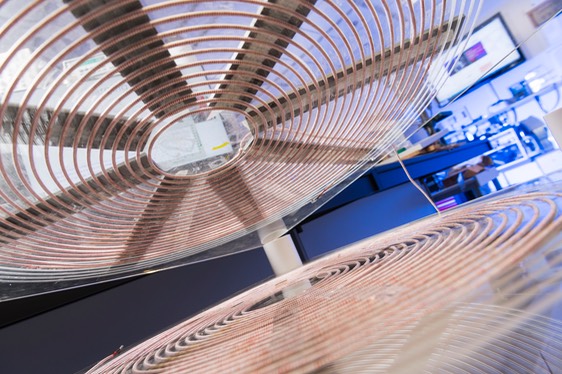
Power supplies using remote inductive power transfer have become realistic options for charging moving vehicles and in biomedical uses. The reactive element compensation problem is critical for achieving good efficiency. Our recent work has focused on the basic theory of reactive compensation and efficiency optimization, and application focuses are a charging platform for electric vehicles and LED lighting systems.
[ Video Recording of Presentation on the Design Pathways to Higher Order Compensation ]
Key References:
H. Xu, Z. Huang, X. L. Li, and C. K. Tse, "Misalignment-tolerant IPT coupler with enhanced magnetic flux variation suppression and reduced copper usage," IEEE Transactions on Power Electronics, vol. 39, no. 8, pp. 10506-10517, August 2024.
W. Zhao, X. Qu, J. Lian, and C. K. Tse, "A family of hybrid IPT couplers with high tolerance to pad misalignment," IEEE Transactions on Power Electronics, vol. 37, no. 3, pp. 3617-3625, March 2022. [Best Paper Award (First Place) 2022]
Y. C. Liu, J. Zhang, C. K. Tse, C. Zhu, and S. C. Wong, "General pathways to higher order compensation circuits for IPT converters via sensitivity analysis," IEEE Transactions on Power Electronics, vol. 36, no. 9, pp. 9897-9906, September 2021. [Best Paper Award (Second Place) 2021]
Z. Huang, S. C. Wong, and C. K. Tse, "An inductive power transfer converter with high efficiency throughout battery charging process," IEEE Transactions on Power Electronics, vol. 34, no. 10, pp. 10245-10255, October 2019.
X. Qu, Y. Jing, H. Han, S. C. Wong, and C. K. Tse, "Higher order compensation for inductive-power-transfer converters with constant-voltage or constant-current output combating transformer parameter constraints," IEEE Transactions on Power Electronics, vol. 32, no. 1, pp. 394-405, January 2017. [Best Paper Award (Second Place) 2018]
_________
Power Grids in the Midst of Rapidly Increasing Penetration of Power Electronics
[Keynote Address, IEEE ISCAS 2024, May 2024]
[HKIAS Distinguished Lecture, April 12, 2022]
The penetration of power electronics into power generation and distribution systems has deepened in recent years, as prompted by the increasing use of renewable sources, quest for higher performance in the control of power conversion, as well as the increasing influence of economical plans that necessitate power trading among different regions or clusters of power distribution. As a result of the increased use of power electronics for controlling power flows in power systems, interactions of power electronics systems and conventional synchronous machines' dynamics would inevitably cause stability and robustness concerns, which can be readily understood by the coupling effects among interacting dynamical systems of varying stability margins (or transient performances). This project examines the various problems of power electronics penetration into power grids and the implications on the stability and robustness of power networks.
Key References:
M. J. Li and C. K. Tse, "Which kind of power network topology is more robust? Case study for design of power grids," IEEE Transactions on Circuits and Systems I: Regular Papers, vol. 71, no. 9, pp. 4400-4409, September 2024.
M. J. Li and C. K. Tse, “Where should inverter-based resources be located in power systems?” IEEE Transactions on Circuits and Systems I: Regular Papers, vol. 71, no. 3, pp. 1456-1464, March 2024.
M. J. Li, C. K. Tse, D. Liu, and X. Zhang, "Cascading failure propagation and mitigation strategies in power systems," IEEE Systems Journal, vol. 17, no. 2, pp. 3282-3293, February 2023.
D. Liu, X. Zhang, and C. K. Tse, "Effects of high level of penetration of renewable energy sources on cascading failure of modern power systems," IEEE Journal of Emerging and Selected Topics in Circuits and Systems, vol. 12, no. 1, pp. 98-106, March 2022.
C. K. Tse, M. Huang, X. Zhang, D. Liu, and X. L. Li, "Circuits and systems issues in power electronics penetrated power grid," IEEE Open Journal of Circuits and Systems, vol. 1, pp. 140-156, September 2020. INVITED PAPER [IEEEXplore Open Access]
Invited Open Lecture at IEEE ISCAS 2020 (Spain), Keynote Lecture at AUPEC 2021 (Australia) and HKIAS Distinguished Lecture 2022 (Hong Kong).
Our model is able to capture the salient characteristics of cascading failure patterns consistent with all historical blackout data. IEEEXplore Innovation Spotlight featured our work in November 2015.
_________
Our Universal Growth Equation describes how user population of products and services, membership subscriptions, even your publications and citations, grow as time goes
We derive from first principle a growth equation that fits all data of growing user population, such as Facebook signups, electronic products, services, app downloads, and virtually everything that grows as time goes, like the number of papers you publish and the number of times your papers get cited. If x(t) is the quantity of the item you are interested in, it will grow according to
where c1 and c2 are growth parameters corresponding to peer influence and personal decision, respectively, and N is the total potential user population. The basis of our theory is a network of people who make decision on whether to sign up for a service or use a product according to the individuals’ independent judgement as well as peer influence. Statistical analysis is used to derive the above growth equation.
Key References:
C. Zhan and C. K. Tse, "A network model for growth of markets having hierarchical dependence," IEEE Transactions on Network Science and Engineering, vol. 6, no. 3, pp. 198–209, July 2019. [Link to IEEEXplore]
C. Zhan and C.K. Tse, "A universal model for growth of user population of products and services," Network Science, vol. 4, no. 4, pp. 491-507, December 2016. [Link to Online Journal Viewing]
[Download for Self Study]
C. Zhan and C.K. Tse, "A network model for growth of publications and citations,” Journal of Complex Networks, Advance Access, doi: 10.1093/comnet/cnw019, August 2016 [Link to Online Journal Viewing]
[Link to IEEEXplore]
________
Network Research in Finance
Network of World’s Stock Markets: Nodes are stock indices of different countries. A link indicates that the two connected markets are correlated in the sense that the time series of the pair of indices over 2005-2007 have a Pearson correlation of over 85%.
Key References:
C. K. Tse, J. Liu, and F. C. M. Lau, “A network perspective of stock markets,” Journal of Empirical Finance, vol. 17, no. 4, pp. 659-667, September 2010. [Download]
J. Liu, C. K. Tse, and K. He, “Fierce stock market fluctuation disrupts scalefree distribution,” Quantitative Finance, vol. 11, no. 6, pp. 817-823, June 2011. [Download]
_________________
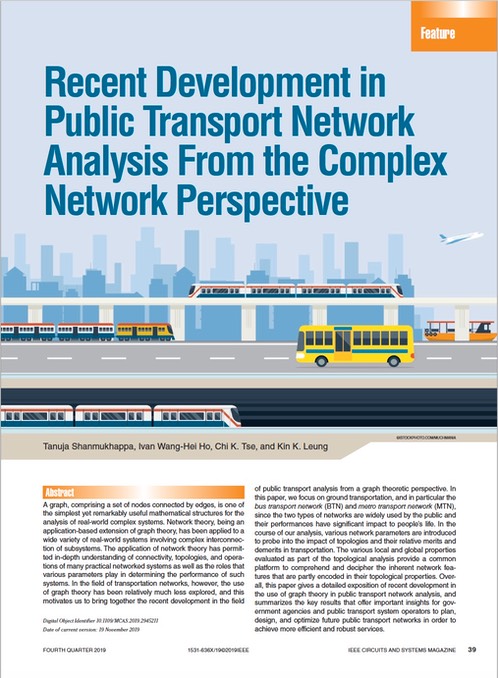
How efficient are Hong Kong’s public transport systems, as compared to London’s, Paris’s, Beijing’s, Tokyo’s, … and how effective are our resources being used in addressing commuters’ needs?
We developed innovative network-based models that permit effective assessment of the network structure and operation performance of our transport systems. Applications to bus networks, metro networks and others have offered useful insights into the key factors that contribute to an efficient and effective transportation systems that optimize passenger volume and levels of comfort.
Key References:
X. Wu, H. Dong, C. K. Tse, and Q. Zhang, "Timetable synchronization optimization for metro networks with the consideration of station centrality," IEEE Transactions on Network Science and Engineering, vol. 9, no. 4, pp. 2697-2707, July-August 2022.
X. Wu, H. Dong, and C. K. Tse, "A three-layer model for studying metro network dynamics," IEEE Transactions on Systems, Man, and Cybernetics: Systems, vol. 51, no. 5, pp. 2665-2675, May 2021..
T. Shanmukhappa, I. W. H. Ho, C. K. Tse, and K. K. Leung, "Recent development in public transport network analysis from the complex network perspective," IEEE Circuits and Systems Magazine, vol. 19, no. 4, pp. 39-65, November 2019.
T. Shanmukhappa, I. W. H. Ho, and C. K. Tse, "Spatial analysis of bus transport networks using network theory," Physica A: Statistical Mechanics and its Applications, vol. 502, pp. 295-314, July 2018.
X. Wu, H. Dong, C. K. Tse, I. W-H. Ho, and F. C. M. Lau, "Analysis of metro network performance from a complex network perspective," Physica A, vol. 492, pp. 553-563, February, 2018.
____________________________
SEMINAL PAPER
C. K. Tse, "Flip Bifurcation and Chaos in Three-state Boost Switching Regulators," IEEE Transactions on Circuits and Systems I, vol. 41, no. 1, pp. 16-23, January 1994.
